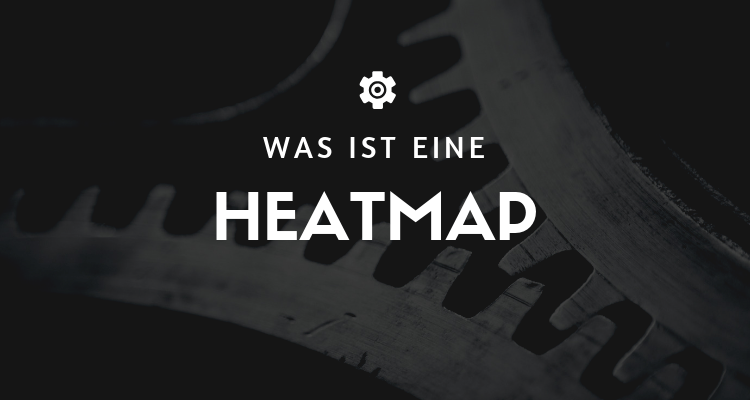
What is a heatmap?
A Heatmap is a tool that shows you a map or an image on which selected data from your website is displayed. This data can then be used to show the user's activities in a graphical way by using different colors. For example, a heat map shows you graphical image view of the information.
Heatmaps let you see where users clicked on the page or how far visitors scrolled a page. This allows you to determine, for example, which areas on your website are getting the most attention. This shows you a Heatmap visually with easy-to-understand color coding.
A heat map basically uses a "warm-to-cool" color scale or color range to show you which parts of a page are getting the most attention.
Heatmap - How does it work?
In our daily life we see various applications of heatmaps. For example, in the news, for weather reports or on real estate sites. People usually use them to present the data in an easy to understand form.
They are used to determine the value of a website's content or to provide you with the website's information. For example, you can see which areas the viewers clicked on form the most. Heatmaps help you easily understand the complex data as they give you the summarized view of your data in one image.
Heatmaps work by collecting data from a web page. They use a dark-bright color scale to indicate which content of the web page is clicked on more. Therefore, for example, the area where the user clicks the most has a red color. However, where the user shows little interest is then shown a dark, cool color, for example. These shades represent warmth and coldness, which is why the term "cool" is used. Heatmap has arisen.
There are a few types of heat maps that are used for a website:
- Click Heatmaps: It informs you about the areas where viewers clicked the most on your website.
- Scroll Heatmaps: Scroll heatmaps show how far the user scrolls your web page. This shows a color scale that ranges from light to dark.
- Confetti Heapmap: These heatmaps show the origin of the website's clicks. This helps to analyze from which industries or areas the most relevant users come. Confetti uses a different color point for each segment.
Conclusion
Heat maps are a great way to analyze all the detailed information of a web page. It will help you to know the view of the viewer and with the help of the Heatmap-report, you can make necessary changes on your website or pages to increase the conversion rate from the current one. Traffic increase. On the basis of the Heatmap-With the help of a heat map you'll be able to know where to place important content or where to place links and how important the content of your website is. Heat maps will definitely provide you with all the necessary information about your website to achieve the best possible result. Thus, you can increase user engagement and, as a result, profit.
« Back to Glossary Index
